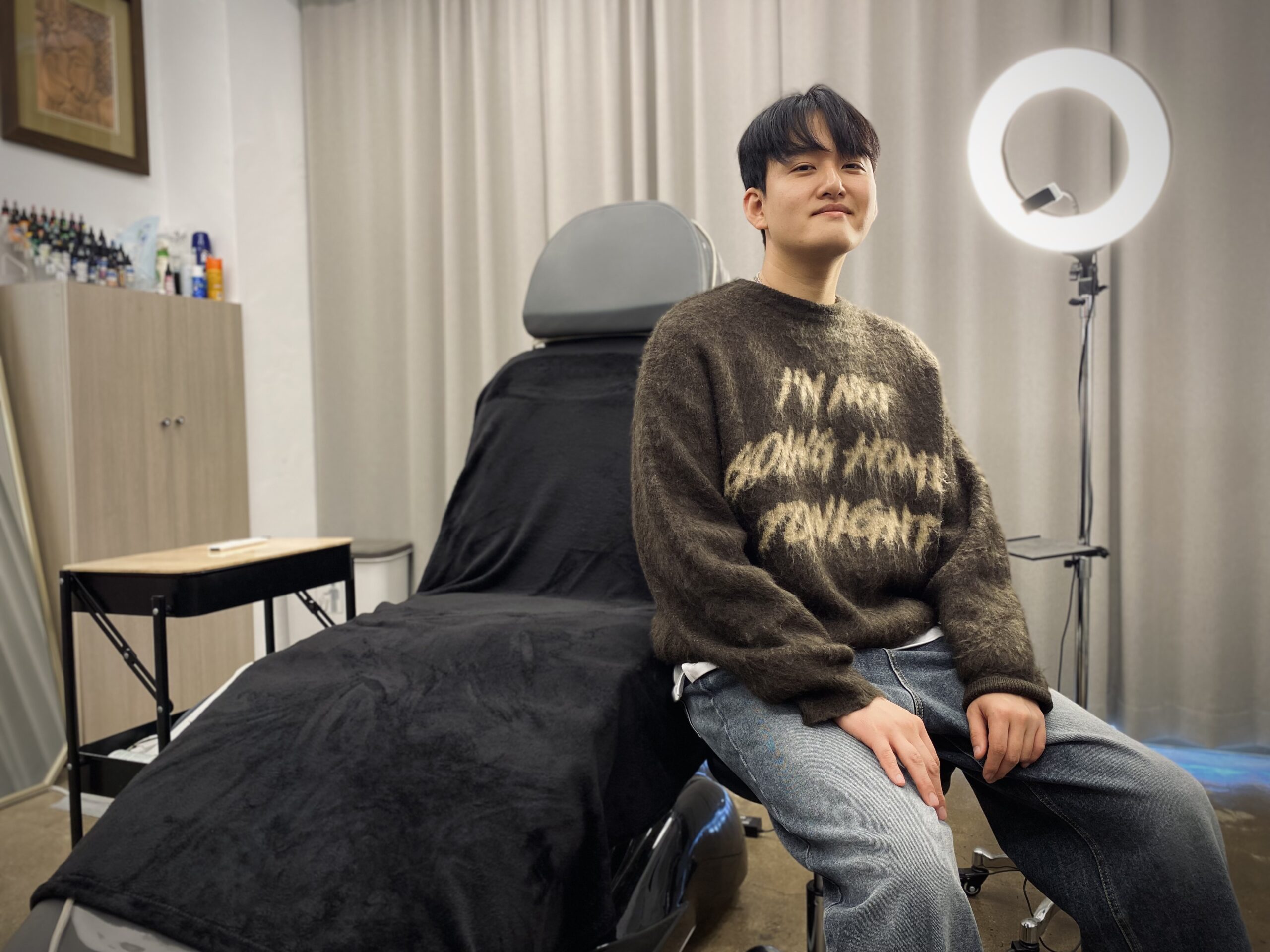The Nosa School and Western Influence
Written By Hea Ran Won
Unlike China and Japan, Korea was hidden from the eyes of the West due to its geographical seclusion. It was from the middle of the 19th century that the West actually started to take interest in Korea. However, the relationship between Korea and European countries was not a friendly one. In fact, their relationship was like oil and water. The European countries were filled with imperial aspirations, while the Korean Joseon government was heavily prohibitive of the Western culture.
In the mid 19th century, European countries started to send more ships to the Korean coastline. Officially, these ships claimed to explore the marine ecology, but in reality they were measuring and investigating the shorelines and coastal regions of Korea to prepare for invasion. In case of Jeolla Province, the English battleship Samarang illegally measured several islands near Goheung and Jangheung, and a Russian battleship invaded Geomun-do (an island near Yeosu) twice. The locals feared these ships because they would often force trade and even plundered villages. In addition, Koreans became more anxious after hearing the news about the invasion of Beijing by Great Britain and French forces. It was very shocking to hear that these Western forces easily seized the capital of a big, powerful country like China.
In response, the government of Joseon banned Christianity, which was viewed as the key connection to European countries. Despite severe oppression however, the number of believers grew, and the government became wary of its influence. They feared Christianity would disrupt the traditional Confucian ideas. To prevent the further spread of Christianity, the government publicly executed thousands of Christians.
The European countries saw this oppression as the chance to invade Korea. In 1866, priest Felix Clair Ridel, who ran away from Korea, informed the French Admiral Pierre Roze in Beijing about the massacre of Christians that was happening in Korea. The French admiral decided to invade Korea and even notified the Chinese government not to do anything about it. The war lasted three months, and Korea managed to secure its capital, but the French plundered Hwaseong and took away many of its artillery and books.
This incident further aggravated the relationship between Korea and the West. Originally, Korea was divided into those who claimed that they should allow Western culture and its advanced artilleries and those who wanted to prohibit any Western influences. The constant irritation and plundering on the Jeolla coastline and the French campaign against Korea in 1866 made the government side more towards those who wanted to prohibit Western influences. This was the rise of Nosa School that greatly influenced Korean diplomacy for years to come.



